New residential radiant innovations for greater productivity, profitability
New technology speeds and simplifies radiant installations.
By Kim Bliss
Upgrading to radiant in specific areas or throughout an entire home is a smart way for homeowners to gain superior comfort and energy-efficient benefits.
With rising interest rates and inflation pushing many homeowners out of the market to upgrade to larger homes with more amenities, residential renovations have soared over the past several months. From additions to finished basements to updated kitchens and bathrooms, the renovation revolution is in overdrive.
So, what does this market shift mean for residential radiant contractors? It’s a signal that it’s time to take advantage of this opportunity to promote more remodel projects with radiant heating.
Upgrading to radiant in specific areas or throughout an entire home is a smart way for homeowners to gain superior comfort and energy-efficient benefits. Plus, hydronic radiant systems are particularly ideal in retrofitting homes with boilers that supply hot water to radiators and baseboard heaters, providing a solution that is more affordable with lower operational costs.
Best of all, state and federal tax incentives for renewable energy and energy-efficient technologies can further improve affordability for renovating with radiant. (Check out https://www.dsireusa.org/ to learn more.)
Now that the opportunity is there for the taking, it’s time to discover new innovations that are making it faster, easier, and more profitable to install radiant in residential renovations.



Foam panels feature a natural moisture resistance, eliminating caulking edges or panel grooves, and they don’t require insulation in the joist space below the subfloor, which saves on labor time and materials costs. Plus, the solution features straight runs and return bends in one panel for fast, easy, efficient ordering.
Wireless technology for radiant and air-side control
Wireless radiant control systems aren’t new — they have been around for more than a decade. However, wireless controls that can manage multiple zones for both radiant and air-side systems are definitely a game-changer.
This new technology offers wireless control of radiant heating and cooling along with forced-air heating and cooling in multiple zones. It also allows connectivity to smart home assistants for voice-activated control along with remote control via an app, which can be downloaded from Google Play or the Apple App Store.
Lightweight foam panels for faster, easier, safer installs
For contractors who have been in the industry for awhile, radiant panels are also nothing new. However, foam panels are increasing installation efficiencies and providing health and safety benefits on the job site as well.
The new technology is a single-panel system that features XPS foam at its core and covered with a thin sheet of aluminum for exceptional heat-transfer capabilities.

Lightweight foam panels are much easier to carry, cut and install compared with typical plywood radiant panels.
The panels’ natural moisture resistance eliminates caulking edges or panel grooves, and they don’t require insulation in the joist space below the subfloor, which saves on labor time and materials costs. Plus, the solution features straight runs and return bends in one panel for fast, easy, efficient ordering.
The lightweight foam panels are much easier to carry, cut and install compared with typical plywood radiant panels, which weigh significantly more and require a saw to cut. In fact, a recent study comparing these foam panels with plywood panels in a basement remodel revealed the foam panels were 14 times lighter and five times faster to install. The lighter weights help eliminate heavy-lifting injuries on the job site, and the faster installation times help with project profitability.


While again not new, LoopCAD radiant design software programs are continuing to be updated with innovative technologies as they become available in the market.
The XPS foam panels are designed for use with 5/16" flexible PEX pipe and include a low, 5/8" profile to minimize construction in remodel projects. They also feature 6" on-center pipe spacing to accurately meet residential radiant application needs.
Radiant design software programs
One final note on radiant innovations: While again not new, LoopCAD radiant design software programs are continuing to be updated with innovative technologies as they become available in the market. Make sure to install the updates as they become available to ensure your designs have the most current, up-to-date product and system information.

Wireless controls that can manage multiple zones for both radiant and air-side systems are definitely a game-changer.
Updating your LoopCAD programs will help ensure your projects are getting accurate information for the highest-performing radiant systems your customers expect. That will keep your reputation solid and customer referrals continuing to increase.
ABOUT THE AUTHOR
Kim Bliss is the technical and marketing content manager at Uponor. She can be reached at kim.bliss@uponor.com.
Photos courtesy of Uponor North America.




